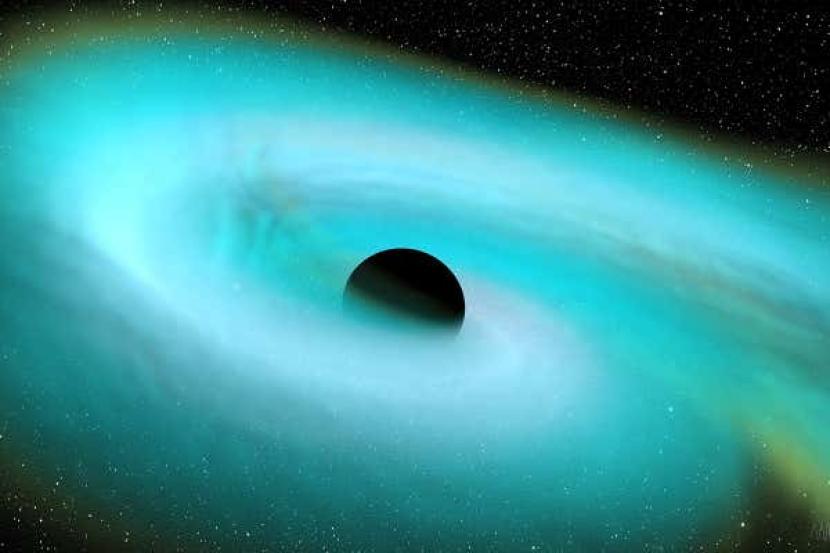Astronomers were unable to see any light in the sky from the collision.
REPUBLIKA.CO.ID, JAKARTA — Astronomers detected black hole that devours a neutron star. This event creates ripples, in spacetime called gravitational waves, that travel more than 900 million light years to reach detectors on Earth.
The first of two collisions detected on January 5, 2020 by Virgo Observatory in Italy and one of two detectors that make up the Laser Interferometer Gravitational-Wave Observatory (LIGO) in the US. It consists of a black hole about 8.9 times larger than the sun that feeds on neutron star about 1.9 times the mass of the sun.
Second, this was seen on January 15, 2020, with all three detectors being black holes, about 5.7 times the mass of the sun engulfing a neutron star about 1.5 times the mass of the sun. Meanwhile, LIGO has detected another event that may be a collision between a black hole and a neutron star, both of which are significantly clearer and more definite.
Because the two events are so far apart, astronomers cannot see any light in the sky from the collision. Even closer, there might be no visible light at all because black holes are much more massive than neutron stars.
“Simulations show that the neutron star will be swallowed whole. It may simply disappear into the black hole,” said team member LIGO Astrid Lamberts of the Côte d’Azur Observatory (OCA) in France, reported by News Scientist, Thursday (30/6).
Black holes and neutron stars can be born as a pair, from stars that have already orbited each other, or can meet at a later date during their lifetimes. There are tentative indications that the latter may be true for the second detection, but none that is concrete enough to say for sure.
“We’ve seen binary black holes, we’ve seen binary neutron stars and now we’ve definitely seen binary with both. Now we need a spinning supernova or pulsar. That’s going to be the next big problem,” explains Nelson Christensen, a LIGO researcher at OCA.
– .


